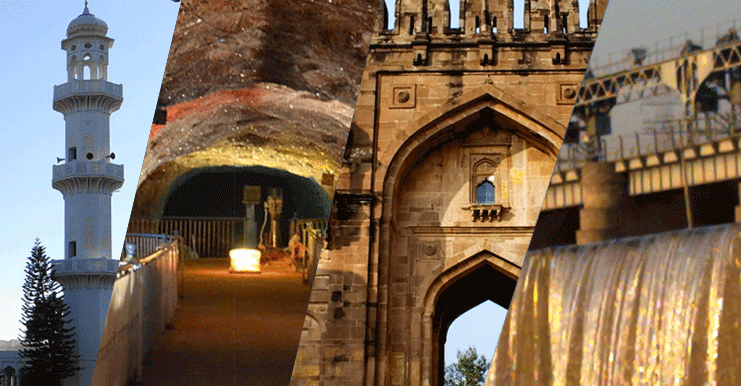The city of Jhelum – One of the ancient cities of Pakistan as it is enriched with history covering thousands of years. It has seen the time of Persians, Greeks, Hindus, Buddhists, Sikhs, Muslims, and the British.
Legends say that this city was founded to commemorate the death of Alexander the great’s horse Bucephalus and was originally named as Bucephala.
According to historians, this is the famous site of the battle of Hydaspes fought between the armies of Greek Emperor Alexander and Raja Porus. The city is also home to the historic 16th century mighty Rohtas fort.
Modern-day Jhelum is considered as one of the most important cities in Punjab province. The area is located in the Potohar region, and the people of this region are inclined towards military induction.
Check out some of the amazing places of Jhelum, which showcase the diversity of the city.
Rohtas Fort
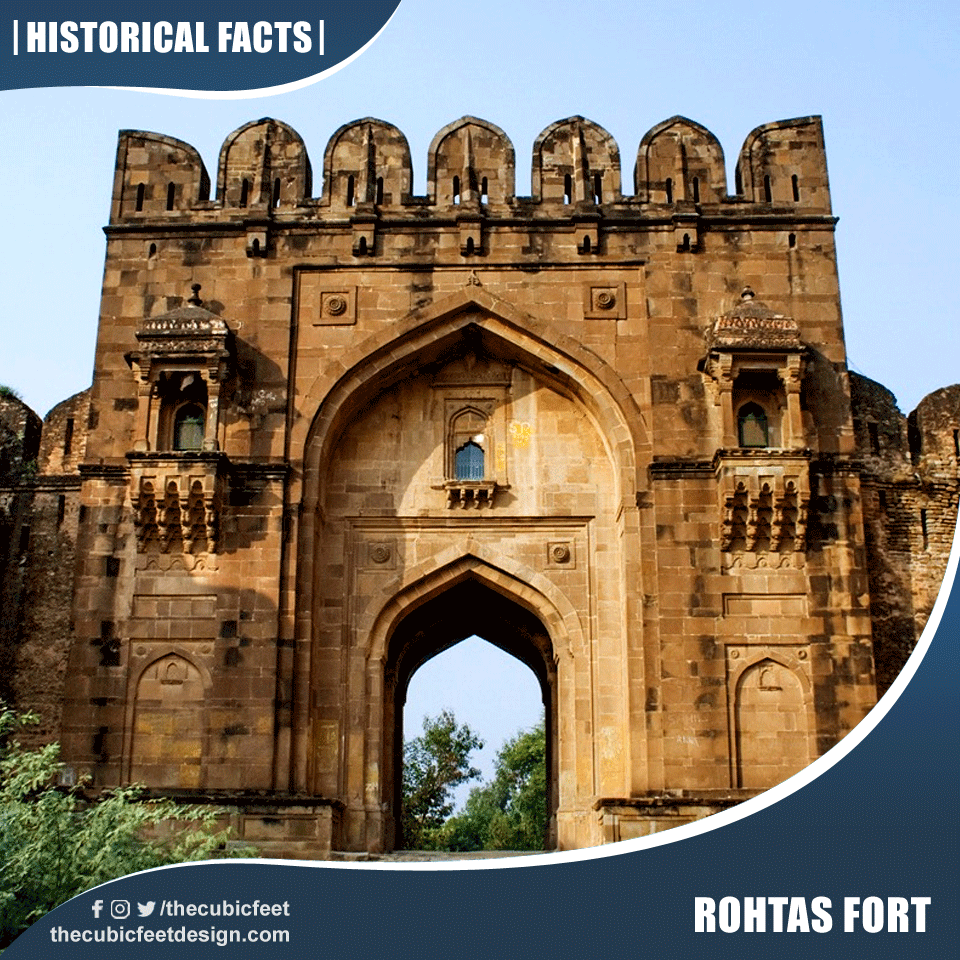
- One of the six UNESCO World Heritage Sites in Pakistan.
- Rohtas fort was built in the 16th century.
- It was constructed by General Sher Shah Suri.
- Fort is considered one of the largest in South Asia.
- It is also known as the most impenetrable fortress in South Asia.
- Described as an “exceptional example of the Muslim military architecture of Central 7 South Asia”.
- It was built after the battle of Chausa, where Mughal emperor Humayun got defeated.
- Rohtas fort was built on a hill overlooking a gorge near the Kahan river.
- Fort is about 300 feet above the surroundings and is about 2,660 feet above sea level.
- Rohtas fort has twelve gates all built out of ashlar stone.
- Architecture is Turkish and middle eastern.
CMH Masjid
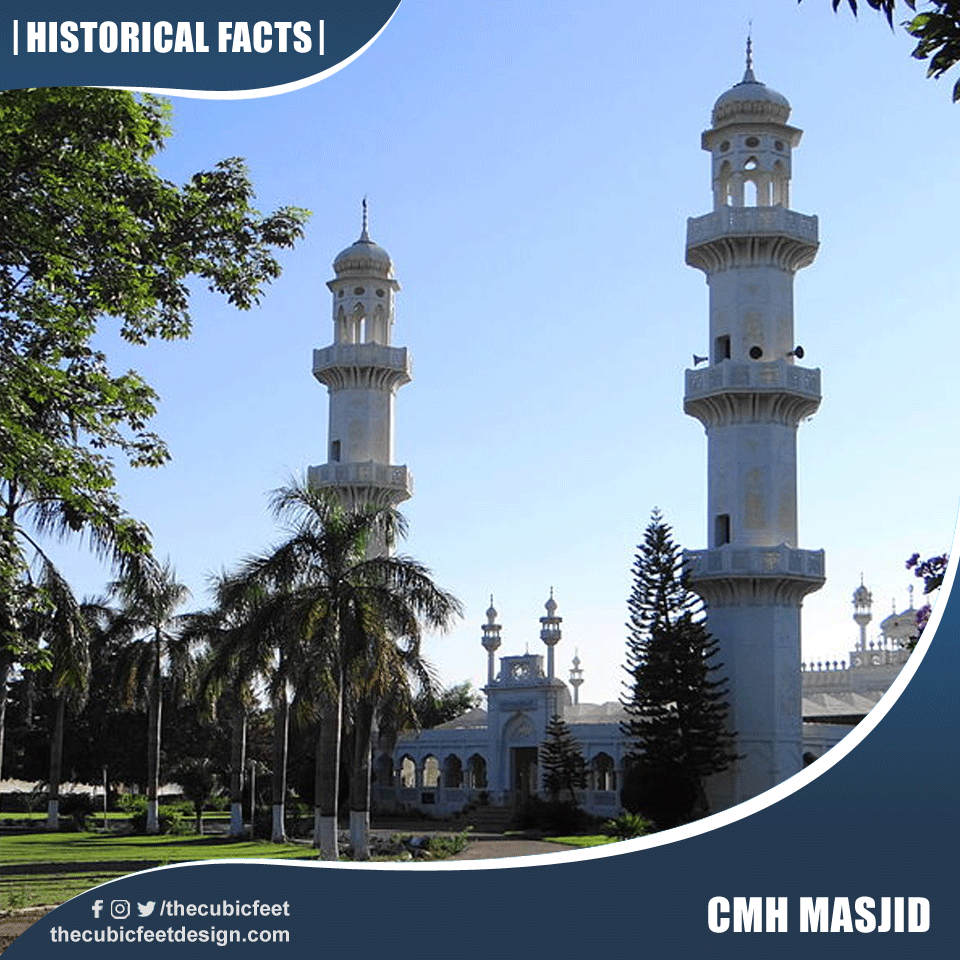
- This white mosque is just adjacent to CMH.
- It is a Jamia mosque.
- The foundation was laid by General Muhammad Ayub Khan.
- Its foundation was laid on 21 March 1950.
- Architecture is Islamic.
- It has a capacity of holding more than 25000 people at a time.
- It is a majestic marbled structure.
- The tall minaret flanks the main prayer hall on each side.
- It is one of the most scenic mosques in the region.
Alexander’s Monument
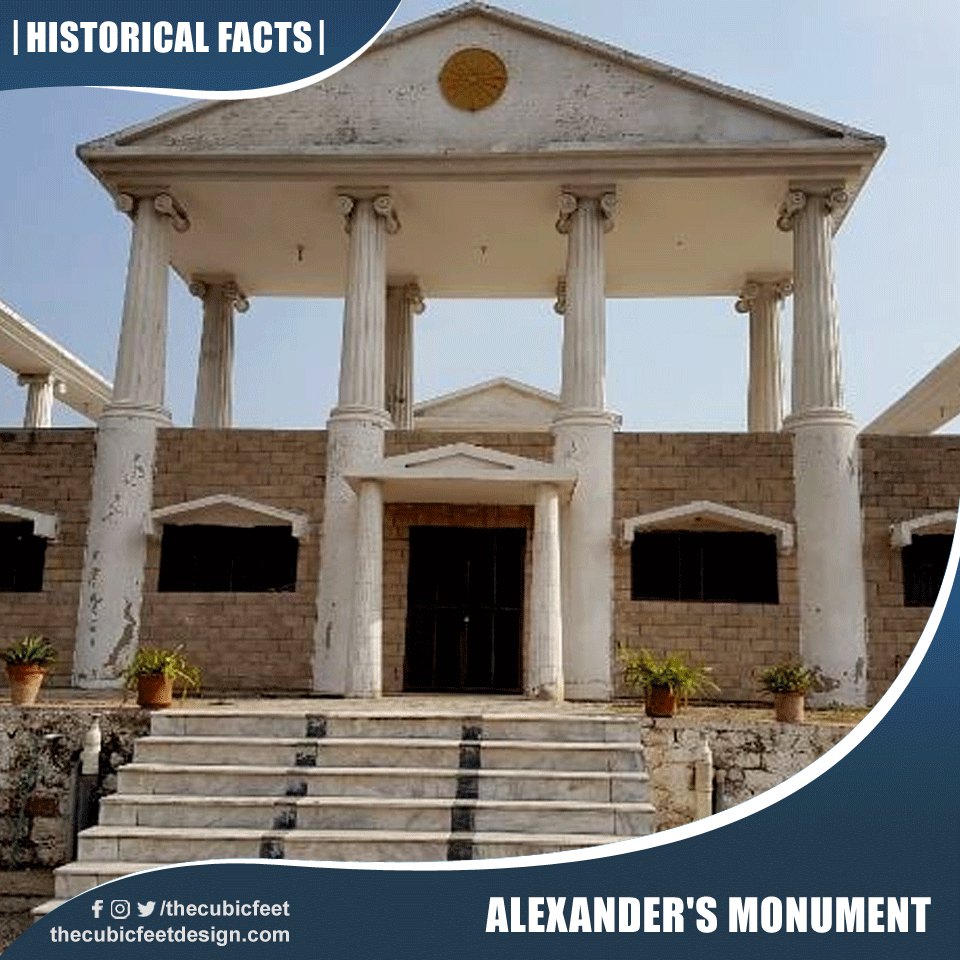
- Greek emperor Alexander camped for months on the bank of river Jhelum.
- His beloved horse is buried in district Jhelum and he built a monument for his horse Bucephalus.
- Embassy of Greece & Pakistan government rebuilt the monument.
- The monument is a large white marble structure with 16 arches.
- Architecture is Greek.
- The middle floor has a circled plaque with a map and markings off the path of Alexander that he took from Greece to Persia.
- The gables and columns are characteristically Greek.
- Also depicts the star of Macedonia.
- Alexander had also founded a city called Bucephala after his horse.
- The name of the city was later changed to Jalalpur after the Mughal emperor Jalaluddin Akbar visited it.
Tilla Jogian
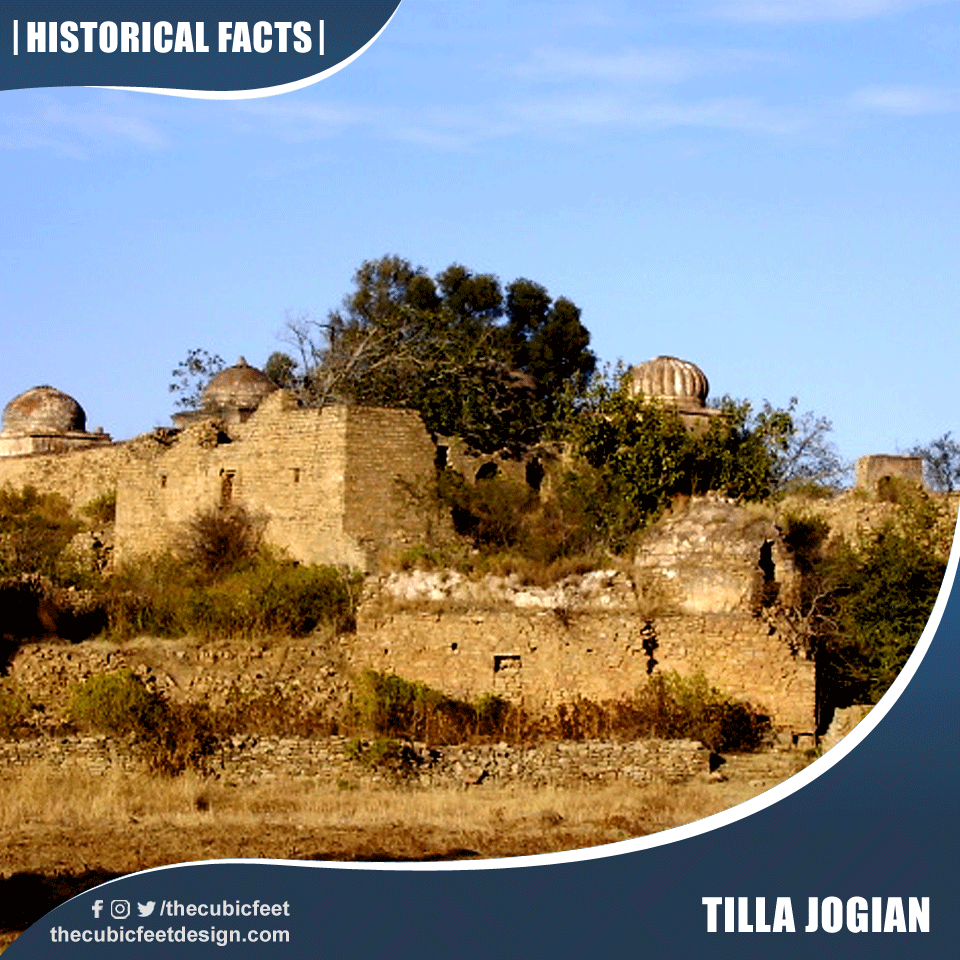
- An abandoned Hindu temple and monastic complex.
- It was a center for Hindu jogis before partition and had housed hundreds of ascetics.
- It is also considered sacred in the Sikh religion.
- Tilla Jogian is also mentioned in the renowned Punjabi poem Heer Ranjha written by Waris Shah.
- Comprises three baths and a network of waterworks with 2 minor dams.
Jhelum Bridge
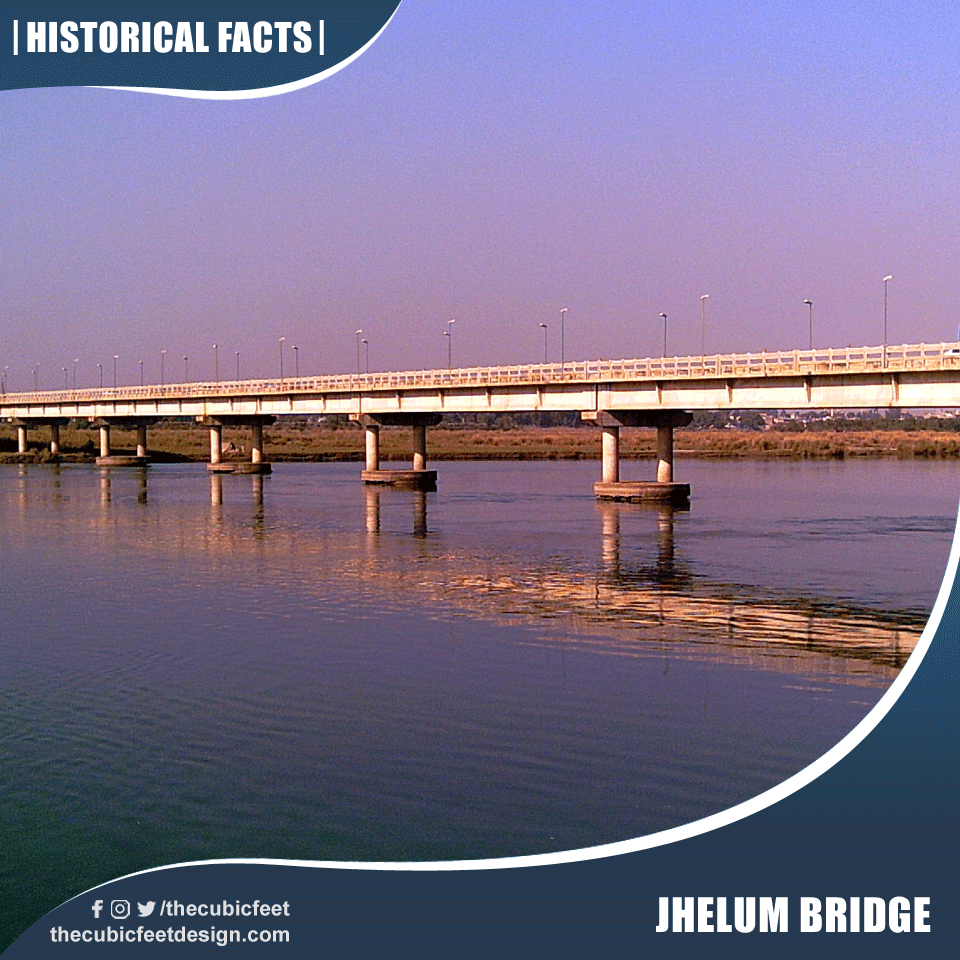
- Situated between Sara-i-Alamgir and Jhelum city.
- It was built in 1878.
- Mastermind was British engineer William St. John Galwey.
- Composed of iron trusses over concrete piers.
- Has a single railway track and a one-side road track.
- Still used for both railway and road traffic.
- Longest railway bridge in Pakistan.
- The length is 2.6 miles.
Khewra Salt Mine
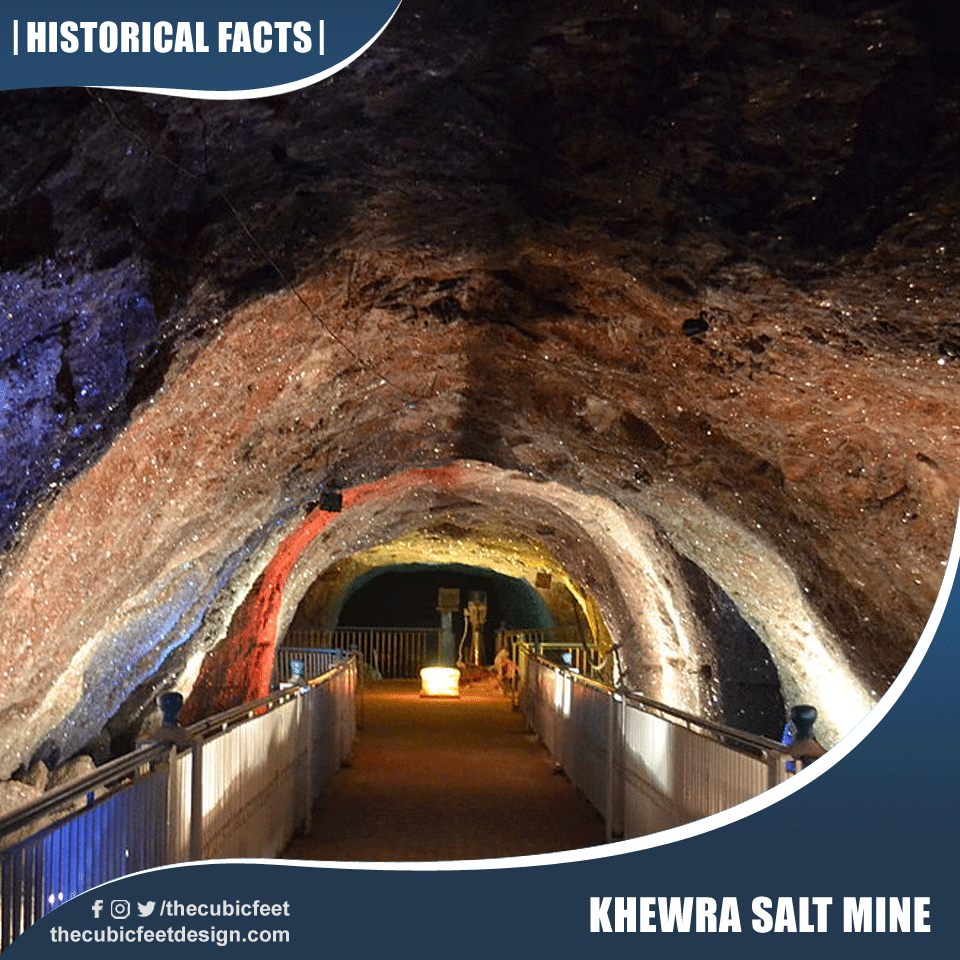
- Located in a subdivision of Jhelum.
- Also known as Mayo salt mine.
- It is the second-largest salt mine in the world after Sifto Salt Mine in Canada.
- It is believed to be discovered in 320BC by the troops of Alexander.
- Approximately 300,000 people visit the mine every year.
- Produces pink salt which is famous across the globe.
- Has estimated reserves of 600 million tonnes of salt.
Mangla Dam
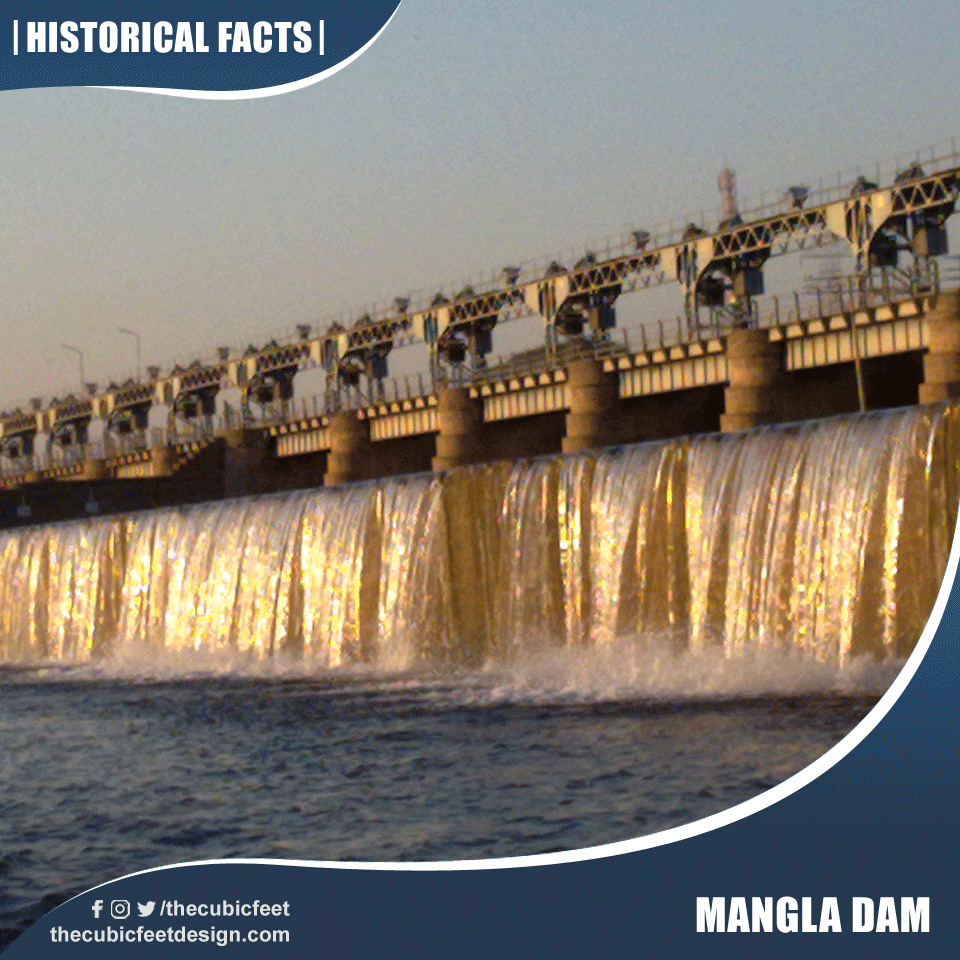
- One of the largest dams in Pakistan.
- It was completed in 1967.
- Main purpose is to store water and provide it for irrigation.
- Also provides hydroelectric power.
- It is a major tourist attraction in the region.
Rasul Barrage
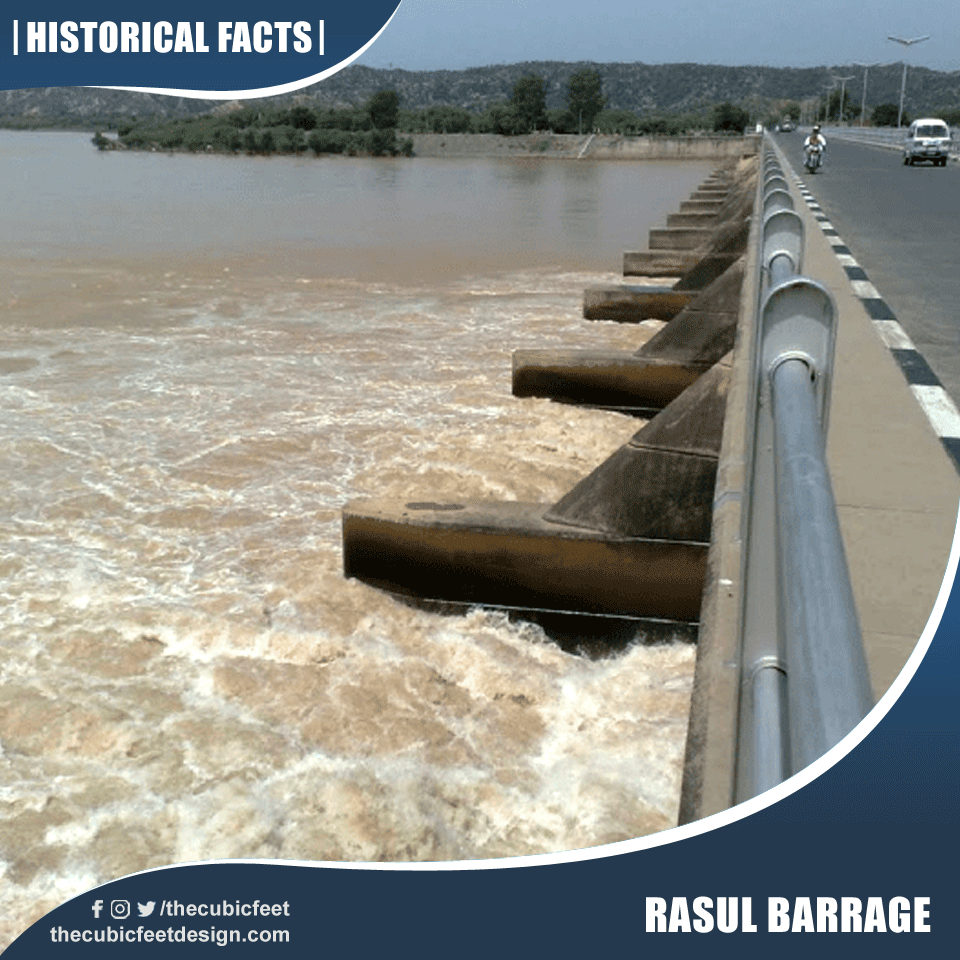
- Barrage between Jhelum and Mandi Bahauddin.
- It is 72 km downstream of Mangla dam.
- It was constructed in 1968 after dismantling of old barrage built by the British.
- It’s one of the main barrages in Punjab and attracts tourists round the year.
Also Read: Historical Landmarks of Hyderabad

